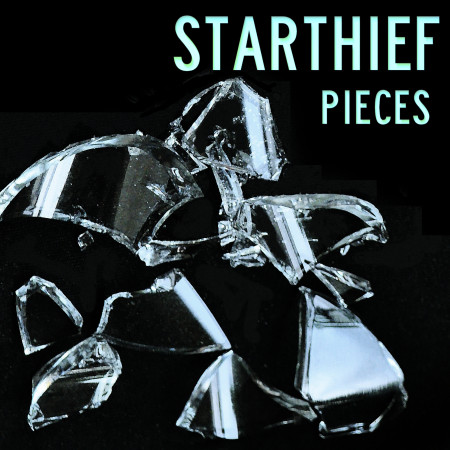That’s a phrase we have been hearing a lot this year, isn’t it?
Over the weekend one of my spouse’s coworkers tested positive for COVID-19, and her workplace is temporarily closing while everyone self-quarantines and the place is disinfected. Since she’s in a high-risk category, she was advised to call the county coronavirus hotline. They told her to get a “real” test since the rapid tests have too many false negatives, and because of timing, it wouldn’t show up in a test for a couple more days anyhow. She has to quarantine herself from me — spending most of her time in the guest bedroom and wearing a mask otherwise — and the test is on Thursday. Of course if she tests positive, I will get tested myself. I’ve also read now that wearing masks does offer some protection to the wearer as well as preventing outward spread, so I’ll wear mine in the house too when necessary.
Last week seemed to last forever while waiting for election results, and this week-or-so (however long it takes to get the results) looks like it’s going to feel even longer. And of course, every little headache, or the throat irritation I had briefly last night (probably allergy related) is going to make me even more paranoid than it has since March.
And now for a software update…
Plugin Alliance had super deep discounts for Halloween, and I tried several things and wound up going for Noveltech Character. The description of its technology is kind of vague, but through some analysis/feedback mechanism it does “adaptive filtering” to make stuff sound better different. It’s not something I will slap onto every track, but it does add a little extra something to some parts.
In the charity auction I won three things. The first (in no particular order) is SoundRadix SurferEQ2. It’s a flexible equalizer made especially for monophonic parts, which can track the pitch and adjust its bands to match. So no matter what note is playing, it can boost or cut particular harmonics, or filter out unwanted noise outside the desired region. It can also act as a resonator, so it’s as much of a synthesis tool as a sound engineering one. It’s frankly awesome, and gives me some ideas about ways I can use Shelves in my modular.
Another was the AtomicTransient/AtomicReverb bundle, of which I was much more interested in the transient processor. While most transient effects can reduce or enhance the impact of transients relative to sustained sound, this one can create a new envelope or apply the detected dynamics to a filter, with cool results. There’s even a polyphonic mode that sort of separates the envelopes of individual notes. (The reverb on the other hand, has a ton of parameters and doesn’t sound better to me than Valhalla & company.)
The third was a Voxengo premium membership, giving me licenses to all their products current and future. I’ve tried several of their plugins and wound up installing CRTIV Tape Bus (a saturation plugin), Elephant (a limiter, which I might use next time I master an album), OldSkoolVerb Plus (a mostly retro but also creative reverb), OVC-128 (a hard clipper with 128x oversampling), and SPAN Plus.
And recently, AudioThing released Wires, an emulation (and enhancement) of a Soviet wire recorder, which was developed in partnership with Hainbach (a musician who is into all kinds of exotic gear for making music, including old test equipment and lo-fi dictaphones, and whose YouTube channel is a delight). It imparts some nice lo-fi character as well as having a very tasty delay. Wire recorders are a neat piece of tech history. The hair-thin wires were more compact than tape and could have a longer recording time, making them great for flight recorders and spy devices (as well as a few consumer models, but they could only record in mono, the fidelity wasn’t great, and editing was problematic.



